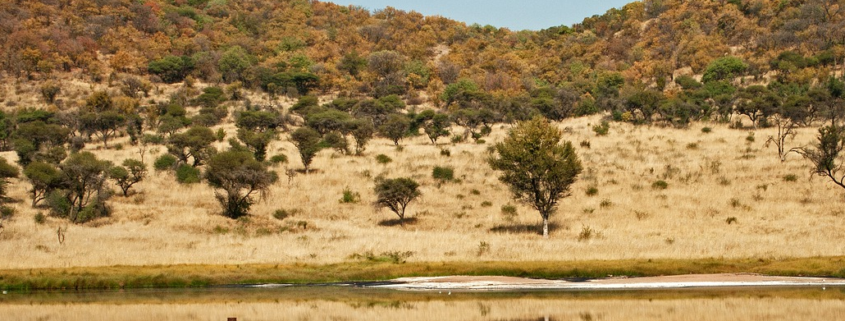Guide to Mineral Rights Offset Production, Operation, and Permitting
We cannot see most oil and gas reserves from the surface of the earth. However, there are many ways in which people can make educated decisions about where to search for resources. There are the tools and technologies of today. One of the most telling ways to estimate a mineral claim’s potential is to fully analyze the land. This is in the immediate vicinity of the plot in question. This is what this expanded glossary guide is all about. We will answer the whos, whats, wheres, and hows regarding mineral rights offset production. This also includes the operation and permitting of oil and gas.
What is Neighboring Offset Production in Oil and Gas?
In the mineral rights industry, neighboring plots of land are “offset areas”. Offset areas have separation on their individual property dimensions. These are most commonly have designation on the surface of the earth, divided among surface rights owners.
Offset production is the exact measure of the performance of a neighboring parcel of land. Production may be quantified for recent months. Usually given as a figure representing the land’s total production value. Then Over its complete time in active mineral rights contracts and productions.
What is an Offset Well?
Offset wells are used to learn information about individual drilling points. Points that are both on the same parcel of land as well as neighboring tracts. High-quality data received from offset wells help operators determine whether or not a site is financially feasible. For this reason, offset well data may not be shared among rival operations. On the other hand, providing a wealth of knowledge internally for partnerships and large organizations.
Why is Offset Production Important?
Offset production is the most telling sign of whether or not active mineral exploration is necessary. Proper planning and execution based on offset production help operators benchmark their progress. From there, they can plan operations both immediately and down the line. Production numbers are often on pair with seismic data. Then to other real figures to help paint a greater picture of offset activity.
What is an Offset Operator?
An offset operator may refer to any current, past, or future known operator of an offset well. Operators in this context can refer to both individuals and entities, legally represented as members of a production team. Operators are responsible for both exploring and reporting their progress. They are very much held accountable for the estimated and actual production of any given resource extraction.
How do Offset Drilling Permits Work?
As necessary in all drilling processes, a permit is a requirement for offset mineral extraction. Oftentimes, a successful well will likely lead to area intelligence. Therefore neighboring wells may be next in line for extraction and production.
In cases like this, operators need to file special offset drilling permits with the necessary personnel. Offset drilling sites may be located in areas where mineral rights owners are separate from previous operations. In cases like this, new mineral leases may become a requirement for an operation to expand to offset territory.
Offset Obligations and Requirements
Offset obligations are common for all mineral rights owners. Especially those selling their property or entering into a mineral rights lease agreement. Moreover, obligations and requirements are put into place to protect mineral rights owners. Usually from third-party drilling and extraction from neighboring operators in neighboring wells.
New technologies have made it possible to laterally and diagonally drill into subsurface reserves. That’s why offset obligations prevent a subterranean trespasser from profiting off of stolen resources. If requirements are not observed, penalties and fines will vary depending on the location and severity of the offense.
Pooling and Unitization of Offset Areas
In some instances, all parties can benefit from the pooling or unitization of the offset area. What if an oil reserve is currently under extraction from one surface well? Then, it may not be necessary to drill another well. Instead, financially and environmentally, it may be best to combine the land into one designated reserve. It will be under division among owners. Pooling and unitization can help property owners earn further royalty payments. Or another option is a one-time lump sum after a mineral rights sale.
Summary on Mineral Rights Offset Production
Successful oil and gas operations typically invite all of those involved to further explore. This involves the possibility of more extraction in neighboring wells and landmasses. It is true that offset areas can be under protection by requirements and obligations. On the other hand, neighboring owners are typically able to sell or lease their mineral rights. This usually happen when working with offset operators. Truly, illegal fracking is still a problem in some areas of the country. On the brighter side, offset exploration has enormous potential for those who do it legally.
If you have more questions about mineral rights, reach out to us here.




Leave a Reply
Want to join the discussion?Feel free to contribute!